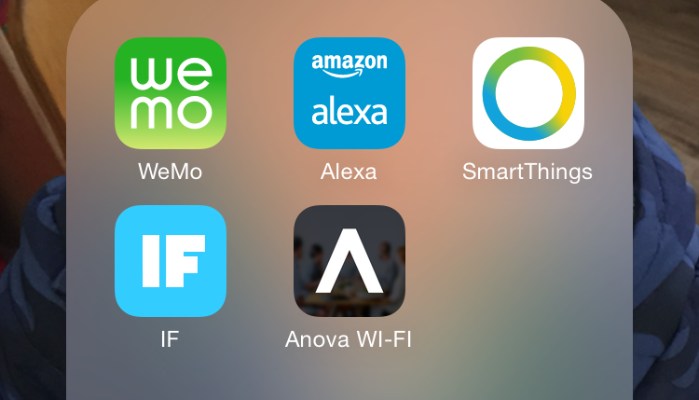The challenges of designing UX for IoT – Part 2

Arup Barat of infiswift
The Internet of Things (IoT) is connecting people and physical things to change the way business is done. There are a lot of aspects in IoT where innovation is happening from data processing to security to firmware to storage.
One area that doesn’t get as much attention but is equally important to the success of an IoT service is User Experience (UX). The right user experience, says Arup Barat of infiswift, creates value for end users by improving usability, accessibility, and interaction.
UX design generally involves a sequence of interactions between a user and a system, virtual or physical. When moving from computer and mobile to IoT UX design, the number of users and systems increases dramatically, making design much more complex. Yesterday, we explored the first three of six challenges in designing UX for IoT and how to overcome them. Today we examine the final three challenges.
- Platform Experience
Typically, IoT products/solutions are built on top of an IoT platform that supports implementation of hardware, connectivity, data collection, analytics, rules, actions and application development under one roof. This requires UX designers to deeply understand each module in an IoT platform and invest lot of time and effort in understanding how each module impacts design and could be changed to improve design.
Some of these platform modules are not visible to certain end users though (see figure 4), which makes them easy for UX designers to ignore. One example is a smart manufacturing facility where a machine operator is really only concerned about getting machine performance info and alerts in real-time to take action, whereas he is not worried about how rules are built, which is a key layer in setting up alerts. These less visible areas of a platform are critical to pay attention to during each stage of UX design and product development to render a consistent and user-friendly experience.
- Third party integrations
Most IoT solutions require bringing many components (sensors, processors, controllers, platform, applications) from various vendors together, which can be hard to integrate and lead to a disjoined user experience. IoT solutions are also always changing with old devices being replaced and new data points being added. Again, flexibility is key to a good user experience here – the underlying solution foundation as well as the UI and UX must be malleable enough to adapt to these changes quickly.
The worst experience is to add a new data source and require the user to flip back and forth between two interfaces or applications rather than integrating the new data source into the experience.
A user might control their Sonos sound system with one app and their lights with another, or in a more extreme case, lighting from different manufacturers may require different control interfaces. This is often more difficult to achieve in the consumer space (closed ecosystems) and easier (but not simple) in industrial implementations.

Figure 2: The abundance of smart home apps that don’t work together leads to a bad user experience (source)
- Building trust
IoT solutions take data from the physical world and virtualise it for users to make better operational decisions, but without seeing the physical situation it may be difficult for a user to believe certain data. In a situation where data that has serious safety implications is collected and requires immediate action, like a nuclear reactor, the user must fully trust the data.
UX can build trust in several ways. First, by showing acknowledgements that allow the user to understand the status of commands and data transfer status. Second, enabling users to dig into and cut data in multiple ways to get to the root of why things look the way they do. While these drilldowns and acknowledgements should be fairly unobtrusive, they are needed. This type of transparency is critical specifically for IoT applications and provides a great user experience.
IoT solutions have focused primarily on the technical capabilities of their services, especially on the enterprise side (consumer solutions are more invested in UX). While focus is already shifting more toward UX, the industry needs to go beyond simple mobile and web guidelines of years past to build new best practices. It will be interesting to see which companies can set themselves apart by overcoming the challenges identified to design beautiful UX for IoT.
The author of this blog is Arup Barat, chief commercial officer at infiswift
Comment on this article below or via Twitter @IoTGN

